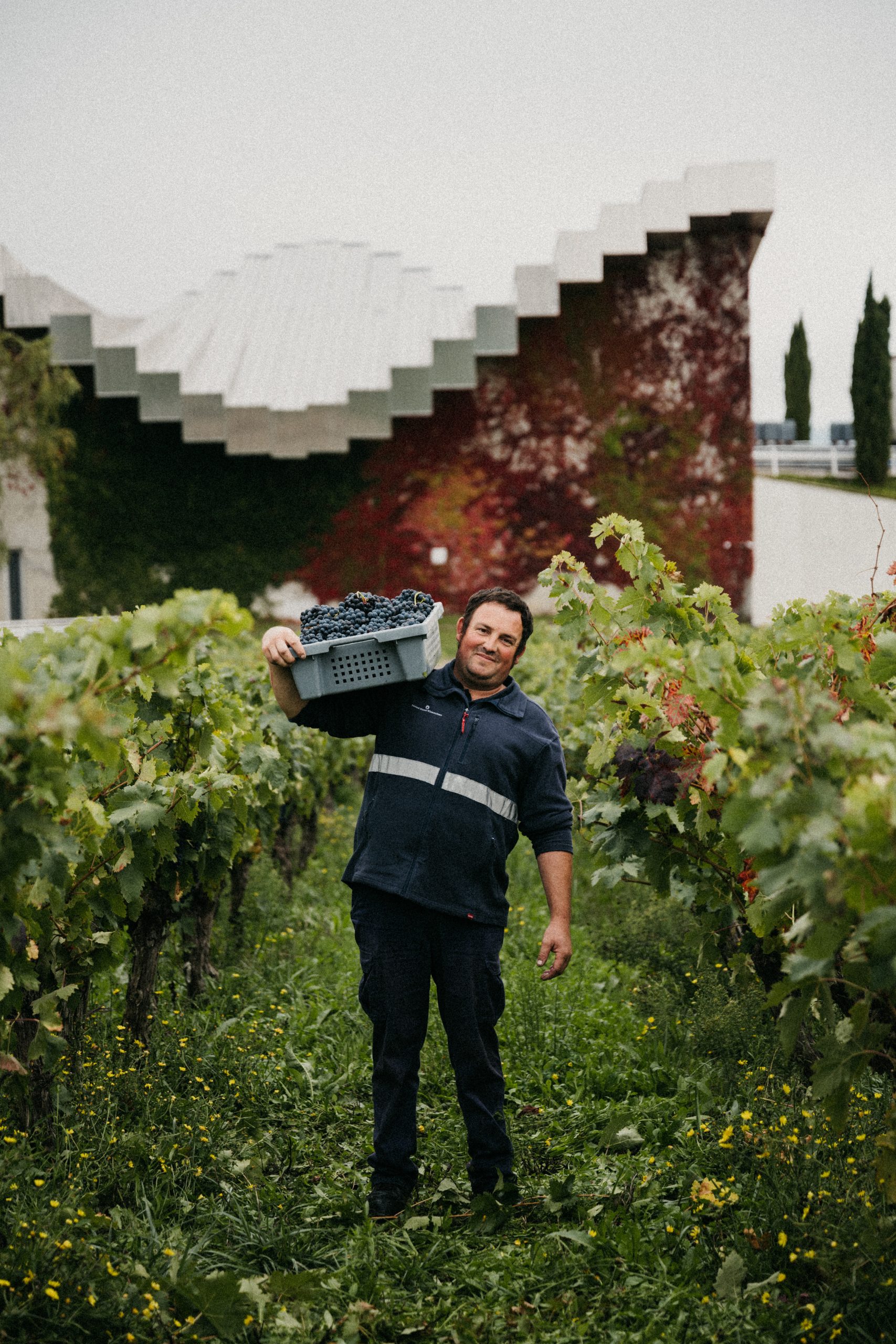Chinese wine triumphs at ‘Judgement of Peking’
A bottle of Silver Heights ‘The Summit’ came out on top at a recent Hong Kong blind tasting, hosted by the Flying Winemaker.
A blend of 65% Cabernet and 35% Merlot, Silver Heights The Summit also received the top honour with 97 points in the Asian Wine Review launched earlier this year and was placed first, third and fourth overall in the blind tasting competition. In second place, Burgundy got a look in with Louis Jadot Macon-Village 2012.
Silver Heights is based near Yinchuan, Ningxia with vines planted on the eastern slopes of Mount Helan at an altitude of 1,200m, making it one of the highest vineyards in China – but it also shares the same latitude as Bordeaux.
The winery is headed up by Emma Gao, holder of a Diplôme National d’Oenologue from Bordeaux who honed her craft during stints at Château Calon-Ségur and Château Lafon-Rochet.
The blindtasting rundown was:
Partner Content
- 1st: Silver Heights ‘The Summit’ 2013 (China)
- 2nd: Louis Jadot Macon-Villages 2014 (France)
- 3rd: Silver Heights Family Reserve 2013 (China)
- 4th: Silver Heights Family Reserve Chardonnay 2014 (China)
- 5th: Domaine J.A Ferret Pouilly Fuissé 2014 (France)
- 6th: Le Haut Medoc de Lagrange 2012 (France)
- 7th: Chateau Nine Peaks Chardonnay 2014 (China)
- 8th: Chateau Jean Gue Pomerol 2011 (France)
Kyle Oosterberg, senior wine educator and cellar manager at the Flying Winemaker said: “It was great to see the public’s reaction to Chinese wine and the tasting proved to be a success in their eyes and realising that Chinese wine is great and can compete with the very best in the world.
“I think the Judgement of Peking will lead people to make better, informed choices when it comes to buying Asian wine – even if there were a few astonished faces around the room.”





It seems a bit of a stretch to refer to this tasting as “The Judgement of Peking,” as if it somehow represents a milestone for Chinese wine in the same way that the Judgment of Paris did for California wines. Unlike the Judgment of Paris, this tasting does not show that Chinese wines “can compete with the very best in the world.” The third wine of a third growth and Château Jean de Gué of Lalande-de-Pomerol are not in the same league with first growths, Mouton-Rothschild and Haut-Brion, or even second growths, Montrose and Leoville Las Cases, the Bordeaux wines at the Judgment of Paris tasting. Similarly, Mâcon-Villages and Pouilly Fuissé are hardly peers with the likes of Meursault Charmes, Clos des Mouches, Batard-Montrachet, and Puligny-Montrachet Les Pucelles. Other important considerations are not referenced. Were the tasters highly respected, with international tasting experience? Were the reds and whites tasted separately? If so, why were they ranked together?
As good as these Chinese wines may be, this particular tasting doesn’t make a very persuasive argument for them.
One can only read into the title and revert with pure ignorance.
Judgement in Peking . Has nothing to do with the comparison to Parisian wines and the subsequent judging thereof.
The opinions listed in this article are based on wines tasted in Peking ……why compare to France. ????